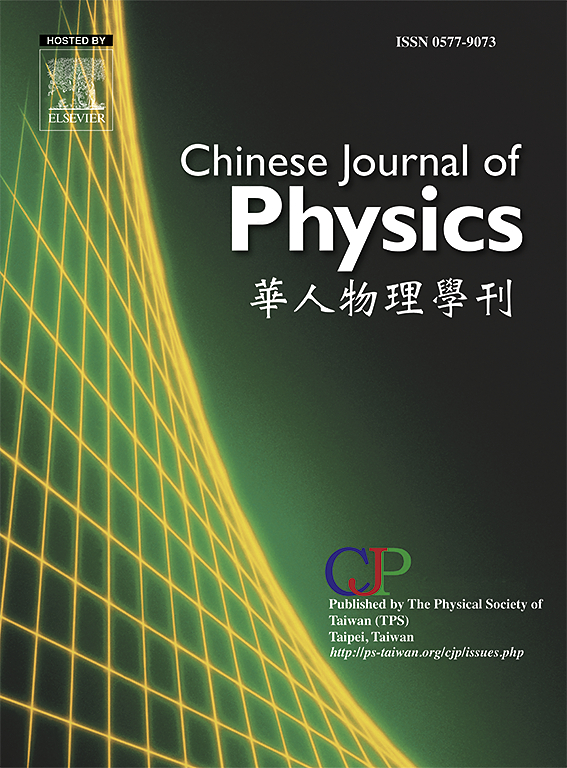Exploring the bio-mechanisms of rod-shaped bacteria moving on rigid substrate coated with non-Newtonian Williamson slime
IF 4.6
2区 物理与天体物理
Q1 PHYSICS, MULTIDISCIPLINARY
引用次数: 0
Abstract
Bacteria are single-celled organisms that come in various shapes and sizes, often classified based on characteristics like shape, DNA, and movement mechanisms. Among them, gliding bacteria have a unique way of moving: they slide along surfaces without external structures like flagella or cilia. Instead, they create wave-like motions along their surface to glide across slimy areas. How fast can bacteria move, and does their speed change on different surfaces? Do they glide faster on smooth surfaces or slow down on rough or sticky ones? And when they move through thicker, more complex fluids, how do they adapt, and does this impact their speed? Researchers have investigated these questions by studying how surface properties and fluid dynamics affect bacterial movement. This study also aims to analyze the locomotion of gliding bacteria over a layer of Williamson fluid with a rigid substrate using the dynamics of an undulating sheet. The methodology involves converting the fundamental partial differential equations into a fourth-order nonlinear ordinary differential equation through the Stokes flow approximation and solving it by the regular perturbation technique. The impacts of different physical parameters on gliding speed, flow rate, energy loss, and slime velocity are visually illustrated and discussed. The results show that the glider's speed decreases with a lower viscosity ratio, while higher Weissenberg numbers and occlusion ratios improve the glider's motility. Additionally, the flow rate of the Williamson fluid decreases as the viscosity increases, and power loss experienced by the glider rises with an increase in viscosity. These findings highlight how fluid properties influence bacterial movement and energy efficiency, providing insights for developing microfluidic devices and studying microbial motility.

求助全文
约1分钟内获得全文
求助全文
来源期刊

Chinese Journal of Physics
物理-物理:综合
CiteScore
8.50
自引率
10.00%
发文量
361
审稿时长
44 days
期刊介绍:
The Chinese Journal of Physics publishes important advances in various branches in physics, including statistical and biophysical physics, condensed matter physics, atomic/molecular physics, optics, particle physics and nuclear physics.
The editors welcome manuscripts on:
-General Physics: Statistical and Quantum Mechanics, etc.-
Gravitation and Astrophysics-
Elementary Particles and Fields-
Nuclear Physics-
Atomic, Molecular, and Optical Physics-
Quantum Information and Quantum Computation-
Fluid Dynamics, Nonlinear Dynamics, Chaos, and Complex Networks-
Plasma and Beam Physics-
Condensed Matter: Structure, etc.-
Condensed Matter: Electronic Properties, etc.-
Polymer, Soft Matter, Biological, and Interdisciplinary Physics.
CJP publishes regular research papers, feature articles and review papers.
 求助内容:
求助内容: 应助结果提醒方式:
应助结果提醒方式:


